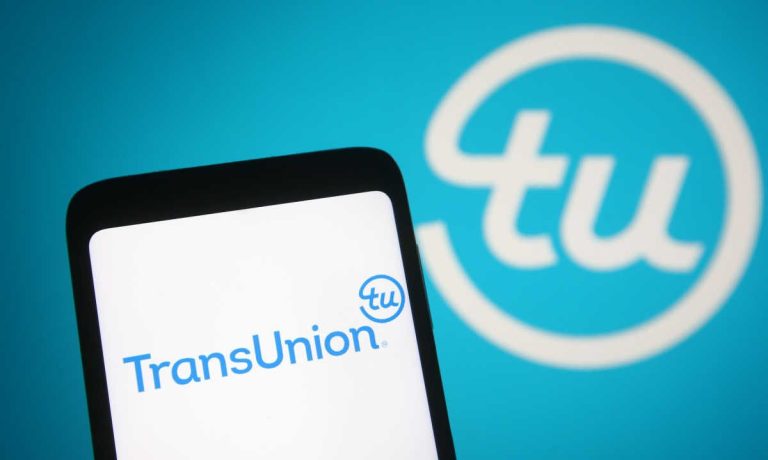
Credit bureau TransUnion has debuted a tool designed to prevent what it says is a $100 billion problem: the loss of sales revenue to false positives during fraud detection.
Dubbed “TruValidate Device Risk with Behavioral Analytics,” the solution is powered by Neuro-ID’s behavioral analytics and “aims to help businesses stop fraud — not good customers — based on device recognition, context, device and user behavior,” TransUnion said in a Tuesday (Sept. 27) news release.
The company said TruValidate lets users join a network of 6,000 fraud and security analysts, more than 10 billion known devices, and 100 million-plus detailed known fraud reports. The tool is also configurable, letting users measure the risk of a device and user by combining device intelligence and applicant behavior signals powered by NeuroID.
“Leveraging the right solutions to prevent fraud and identity theft is paramount to any business,” said Shai Cohen, senior vice president and head of global fraud solutions at TransUnion.
See also: How Behavioral Analytics Can Ensure a Smoother and More Transparent Authentication Experience
“In today’s dynamic economy where consumers often have many choices, it’s just as important to prevent a false positive wherein a ‘good’ customer may be turned away due to faulty technology or data.”
The tool uses behavioral analytics to determine if an applicant is genuine or risky based on how familiar the applicant is with the data they enter into a digital application. The process helps enable deep visibility into a user’s unique digital interactions without collecting their data.
Learn more: Behavioral Analytics Helps FinTechs Separate the Fraudsters From the Friendlies
As PYMNTS has reported, false positives can be a “death knell” for a customer login or purchase. Businesses mistakenly decline purchases up to 43% of the time by falsely identifying legitimate shoppers as fraudsters, leading to an exodus of customers from both their immediate purchases and any potential future purchases with that business.
Behavioral analytics tools can shrink the false positive rate to just 0.02%, resulting in yearly revenue gains of up to $1 million per year in reduced customer abandonment.
PYMNTS also collaborated with Neuro-ID on the Monetizing Digital Intent Tracker. Our work found that high friction is responsible for up to 75% of customer abandonments, which is why removing this friction and ensuring transparency during sign-up/checkout must be a key priority for any business that routinely interacts with consumers.